Disclosure: This article contains affiliate links. We may earn a commission from purchases at no extra cost to you, which helps our travel content.
When I tell friends I've taken my two children to Siberia in the dead of winter, I'm usually met with raised eyebrows and concerned looks. But Lake Baikal in winter isn't just a destination—it's a masterclass in natural wonder and cultural resilience. As a public defender who's spent years navigating complex systems, I found something profoundly educational about standing on 3-foot-thick transparent ice, gazing down into the world's deepest lake while my kids marveled at the methane bubbles frozen in time beneath their feet. This UNESCO World Heritage site transforms into a winter playground that challenges conventional travel wisdom and rewards the adventurous with experiences impossible to replicate elsewhere. From the thunderous sounds of shifting ice to the brilliant blue cracks that spider across the frozen surface, Lake Baikal offers a rare opportunity to witness nature's engineering at its most spectacular—and teach our children that the most profound classroom experiences often happen far beyond school walls.
The Sacred Sea: Understanding Baikal's Winter Transformation
Lake Baikal isn't just any body of water—it holds 20% of the world's unfrozen freshwater and plunges to depths of over 5,300 feet. The Buryat people who have lived along its shores for centuries call it the 'Sacred Sea,' and winter reveals why. Between January and May, this massive lake transforms into the world's largest ice skating rink, with ice so clear and pristine that locals call it 'Baikal crystal.'
During our visit, we stayed in the village of Listvyanka, just an hour from Irkutsk. Our local guide, Mikhail, explained how the lake freezes in stages, creating different ice textures and formations throughout the winter. Early season brings what locals call 'black ice'—perfectly transparent sheets where you appear to float above the abyss. By mid-winter, the ice thickens to 3-5 feet, strong enough to support vehicles that create temporary ice roads connecting remote villages.
What struck me most was how the ice becomes a canvas for nature's artistry. Methane bubbles from decaying organic matter rise and freeze in suspended animation. Wind-polished ice creates mirror-like surfaces reflecting the stark blue Siberian sky. And most spectacular are the turquoise cracks that form geometric patterns across the surface—nature's stained glass windows.
My children, initially skeptical about a winter trip to Siberia, were mesmerized by the lake's constant transformations. We spent hours just walking on different ice formations, learning about lake ecology and the unique ecosystem that has evolved in isolation for 25 million years. For families seeking educational adventures, Baikal offers living lessons in geology, physics, and environmental science that no textbook could replicate.
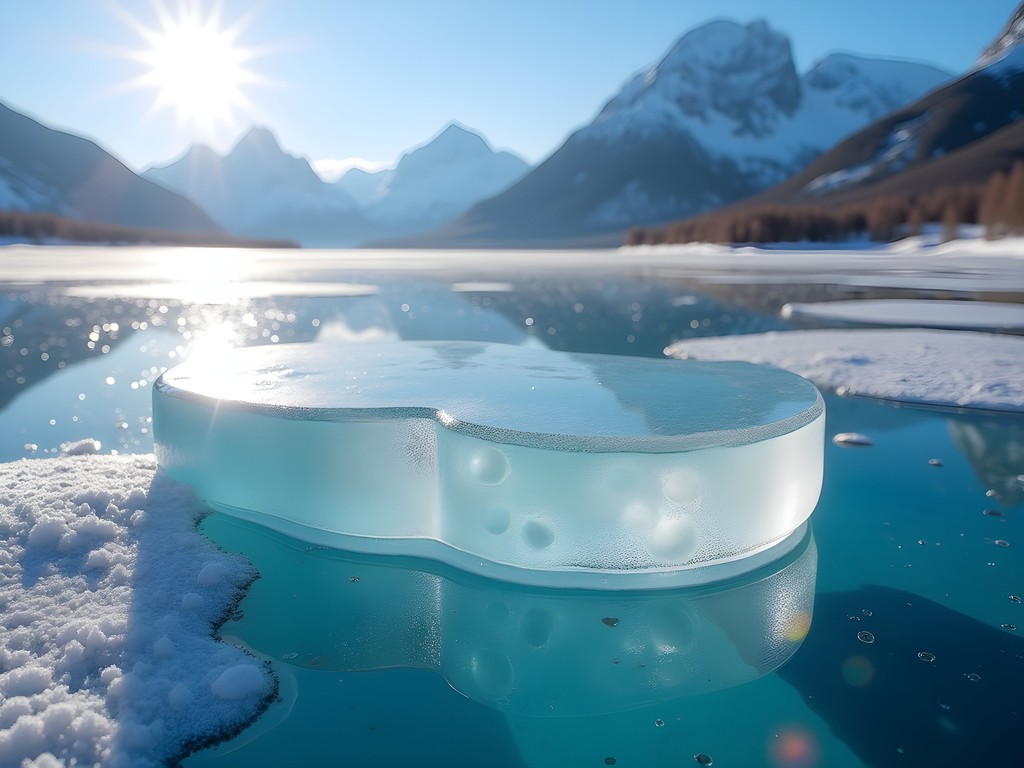
💡 Pro Tips
- Visit between late January and March for the most stable ice conditions and clearest ice
- Hire a local guide with ice safety knowledge—conditions can vary dramatically across the lake
- Pack ice grippers for your boots—they're essential for walking safely on polished ice surfaces
Ice Adventures: From Skating to Dog Sledding
Lake Baikal's winter transformation creates a natural playground for outdoor enthusiasts. Our family's favorite activity was wild ice skating across the lake's glassy surface. Unlike manicured rinks, Baikal offers the exhilarating freedom of gliding across miles of untouched ice with mountain panoramas in every direction. We brought our own skates, but quality rentals are available in Listvyanka and Olkhon Island.
For families with older children (mine are 8 and 11), ice fishing provides both cultural immersion and a lesson in patience. Local fishermen taught us to drill holes through the thick ice and demonstrated traditional techniques for catching the lake's endemic species. My daughter was thrilled when she caught an omul—a whitefish found nowhere else on Earth. The experience sparked conversations about biodiversity and ecosystem preservation that continued long after our trip.
Dog sledding was another highlight that combined adventure with cultural education. Working with Siberian huskies gave my children insight into the traditional transportation methods of the region while teaching responsibility and animal care. The thermal base layers I packed for each of us proved essential during these extended outdoor activities—the natural merino wool kept us warm without overheating during active adventures.
For those seeking more adrenaline, hovercraft and snowmobile tours provide access to remote parts of the lake, including the stunning ice grottoes near Olkhon Island. These ice caves form when wave-splashed water freezes into cascading icicles and crystalline chambers. My son, who's been fascinated with bridges since our Southwest road trip, noted how the ice formations created natural archways and spans—nature's own engineering marvels.
While exploring the lake's vast surface, having reliable navigation is crucial. Our GPS device proved invaluable when visibility dropped during a sudden snow squall, allowing us to safely navigate back to shore even when landmarks disappeared.
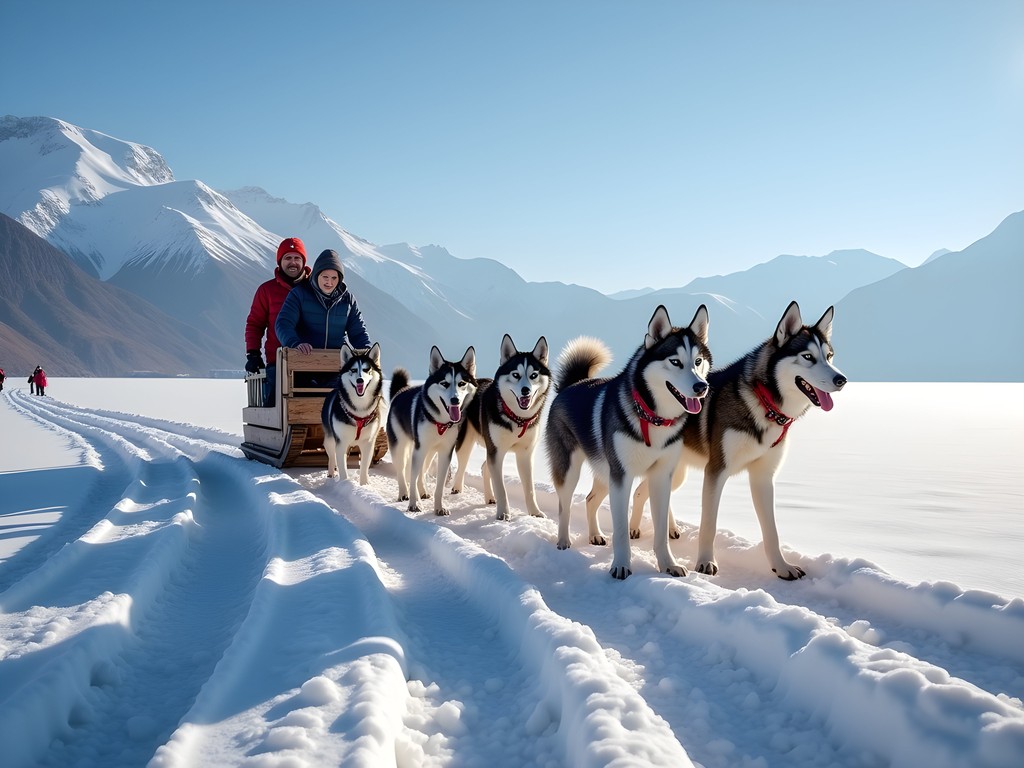
💡 Pro Tips
- Rent ice skates with ankle support if you're planning extended skating sessions
- Book dog sledding experiences from reputable operators who prioritize animal welfare
- Layer clothing strategically—activities like ice skating generate heat despite the cold temperatures
The Blue Ice Road: Exploring Olkhon Island
No winter visit to Lake Baikal is complete without experiencing Olkhon Island—the lake's largest island and a spiritual center for indigenous Buryat shamanism. During winter, the strait separating Olkhon from the mainland freezes solid, creating what locals call the 'Blue Ice Road'—a surreal highway of transparent ice leading to this sacred place.
We hired a local driver with a specialized vehicle equipped for ice travel to make the journey. The 45-minute crossing was both terrifying and magical—the ice occasionally emitting deep, whale-like sounds as it shifted and expanded. My children, initially apprehensive, quickly became fascinated by the experience of driving over water so clear we could see fish swimming beneath us.
Olkhon Island itself is crowned by Shamanka Rock (Cape Burkhan), a dramatic marble formation considered one of the nine most sacred sites in Asia. Even in winter, Buryat prayer flags flutter in the wind, and shamanic ribbons tied to trees remind visitors of the island's spiritual significance. Our guide explained how the island serves as a bridge between worlds in Buryat cosmology—a concept that resonated deeply with my children, who immediately connected it to similar beliefs we'd encountered among indigenous communities in the American Southwest.
The island's northern cape, Khoboi, offers the most dramatic winter landscapes. Here, massive ice hummocks—pressure ridges where ice sheets collide and thrust skyward—create sculptural formations that change with the light. We spent hours photographing these natural ice sculptures and listening to their creaks and groans as they shifted in the sun.
Accommodation on Olkhon is basic but comfortable. We stayed at a family-run guesthouse in the main village of Khuzhir, where home-cooked Siberian meals featuring local fish and Russian staples kept us warm. The nights were punctuated by silence so profound it felt tangible—a rarity in our noise-saturated world and an experience my city-raised children found both unsettling and fascinating.
One essential piece of gear that made our Olkhon exploration possible was our extreme cold weather boots. With temperatures dropping to -20°F (-29°C), proper footwear meant the difference between enjoyable exploration and frostbitten misery.
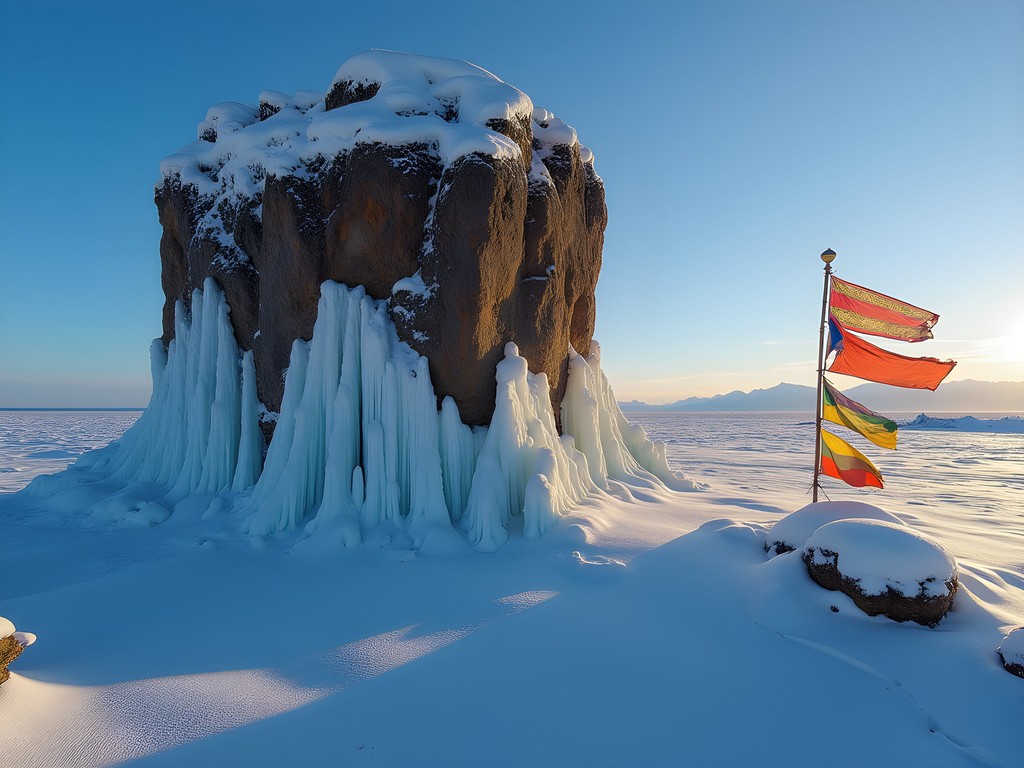
💡 Pro Tips
- Book accommodation on Olkhon Island well in advance as options are limited
- Respect local Buryat traditions by not removing or disturbing prayer ribbons
- Pack a headlamp with extra batteries—electricity on the island can be unreliable
Cultural Immersion: Buryat Traditions and Russian Banya
Beyond its natural wonders, Lake Baikal offers rich cultural experiences that provide context to the region's unique character. The indigenous Buryat people have developed traditions deeply connected to the lake's rhythms, and winter reveals aspects of their culture invisible during warmer months.
In the village of Ust-Orda, about two hours from Irkutsk, we participated in a traditional Buryat ceremony welcoming travelers. The ritual involved offerings to local spirits, traditional songs, and a tea ceremony using herbs gathered from the taiga forests. My children were captivated by the shamanic drums and the stories told through dance—particularly the eagle dance that mimics the region's wildlife. The experience prompted discussions about cultural preservation and how indigenous communities maintain their identity in the modern world.
No winter visit to Siberia would be complete without experiencing the Russian banya (sauna). After long days exploring the frozen lake, we participated in this centuries-old tradition that combines intense heat, cold plunges, and ritualized relaxation. At a lakeside banya in Listvyanka, we learned the proper technique for using veniks (bundles of birch branches) to improve circulation. The culmination—running from the steaming banya to plunge briefly into a hole cut in the lake ice—initially horrified my children, but after watching locals (and their mom) emerge invigorated rather than frozen, they mustered the courage to try a quick dip themselves.
The region's food culture offers another window into local life. We sampled traditional Siberian pelmeni (dumplings), stroganina (frozen fish eaten raw), and omul (the lake's endemic whitefish) prepared various ways. Each meal became a geography and biology lesson as we traced ingredients to their local sources. My son, who tends to be a picky eater, surprised me by embracing these new flavors—proof that travel can expand horizons in unexpected ways.
To document these cultural experiences, I relied on my compact camera. Its ability to capture quality images in low-light settings (like inside traditional Buryat yurts) without disrupting intimate cultural moments proved invaluable for preserving our memories without being intrusive.
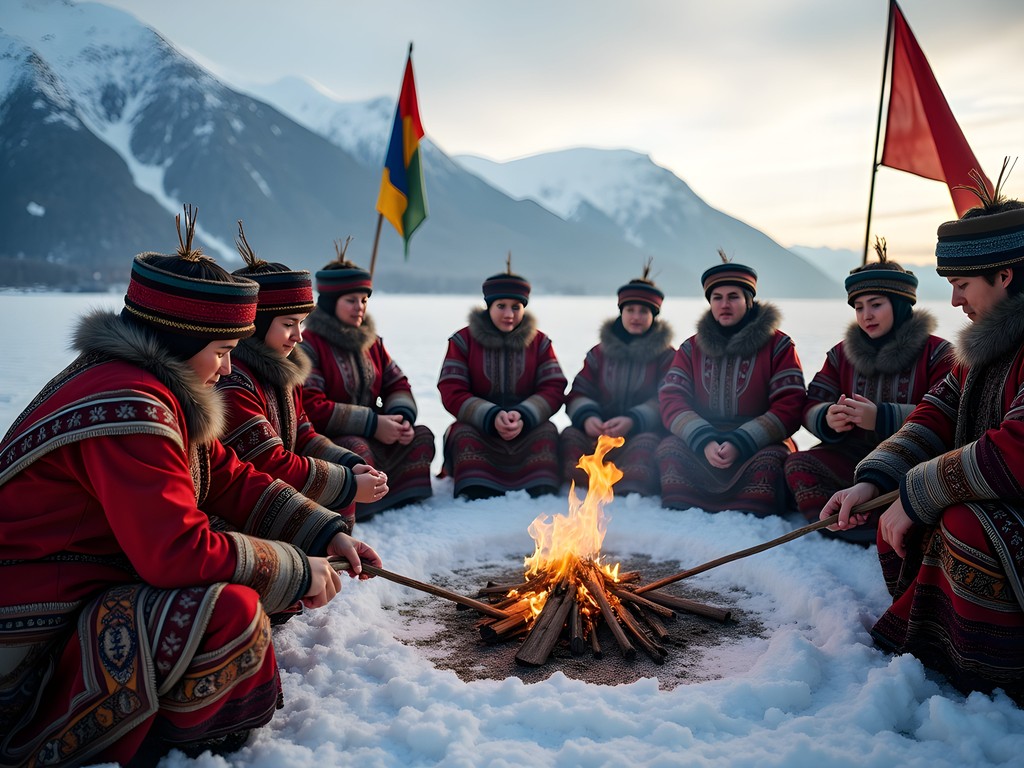
💡 Pro Tips
- Arrange cultural experiences through reputable tour operators who work directly with Buryat communities
- Learn basic Russian phrases—even simple greetings go a long way in building connections
- When visiting a banya, bring flip-flops, a small towel, and follow the lead of locals for proper etiquette
Practical Considerations: Safety, Comfort, and Responsible Tourism
Visiting Lake Baikal in winter requires thorough preparation and respect for both the environment and extreme conditions. The temperature during our February visit ranged from -5°F to -30°F (-20°C to -35°C), with wind chill pushing it even lower. This isn't a destination for improvisation—careful planning is essential, especially when traveling with children.
Proper gear forms your first line of defense against the cold. We invested in quality cold-weather clothing following the three-layer principle: moisture-wicking base layers, insulating mid-layers, and windproof/waterproof outer shells. Our insulated parkas proved worth every penny, with their combination of serious insulation and breathability preventing both freezing and overheating during activities.
Beyond clothing, understanding ice safety is paramount. We never ventured onto the ice without local guidance, as conditions can vary dramatically across the lake. Our guide taught us to recognize dangerous ice formations, listen for warning sounds, and carry basic safety equipment including ice picks and rope. These precautions allowed us to explore confidently while maintaining an appropriate respect for the environment's power.
Accommodation options around Lake Baikal range from basic guesthouses to comfortable hotels in Irkutsk and Listvyanka. We split our time between the more developed amenities of Listvyanka and the rustic authenticity of Olkhon Island. This combination gave my children exposure to different living conditions while ensuring we had regular access to hot showers and reliable heating.
Responsible tourism practices are especially important in this fragile ecosystem. Lake Baikal faces numerous environmental challenges, including pollution and the effects of climate change. We made it a family project to practice Leave No Trace principles, carrying out all waste and supporting businesses with sustainable practices. These choices became valuable teaching moments about the impact of tourism and our responsibility as visitors.
Communication can be challenging in remote areas. While we arranged a local SIM card in Irkutsk for emergency use, many lake areas have limited or no cell service. Our satellite communicator provided peace of mind during remote excursions, allowing us to send location updates and emergency messages regardless of cell coverage—an essential safety backup when traveling with children in wilderness areas.
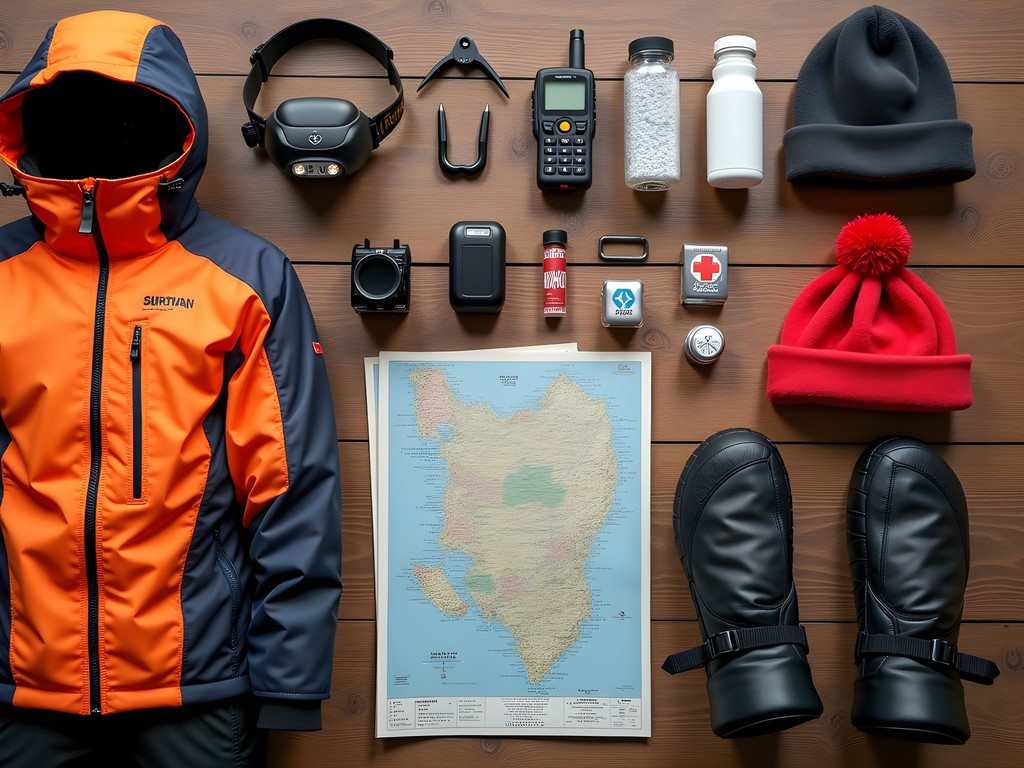
💡 Pro Tips
- Purchase comprehensive travel insurance that specifically covers winter adventure activities
- Bring chemical hand and foot warmers—they're lightweight and can prevent frostbite during extended outdoor activities
- Download offline maps before arriving, as internet connectivity is unreliable around the lake
Final Thoughts
As our Trans-Siberian train pulled away from Irkutsk, my children pressed their faces against the window for a final glimpse of the frozen expanse we'd come to love. Lake Baikal in winter isn't just a destination—it's a profound reminder of our planet's wild spaces and the communities that have thrived alongside them for millennia. The challenges we faced—bitter cold, language barriers, remote conditions—became the very elements that transformed this journey from a simple vacation into an education in resilience, cultural understanding, and environmental awareness. For families willing to step beyond conventional destinations, Baikal offers lessons impossible to learn in classrooms: the physics of lake ice, the cultural adaptations to extreme environments, and the delicate balance between human needs and ecosystem preservation. As a mother and educator-through-travel, I've found few places that so powerfully demonstrate that the most valuable learning happens at the edge of our comfort zones—where wonder and challenge meet.
✨ Key Takeaways
- Lake Baikal's winter transformation creates unique opportunities for educational family adventures combining natural wonders with cultural experiences
- Proper preparation and local guidance are essential for safely enjoying Baikal's extreme winter environment
- The combination of physical adventure and cultural immersion creates powerful learning experiences for children that extend far beyond the trip itself
📋 Practical Information
Best Time to Visit
Late January through March for optimal ice conditions
Budget Estimate
$2,500-3,500 per person for 7 days including flights from Moscow
Recommended Duration
7-10 days
Difficulty Level
Challenging


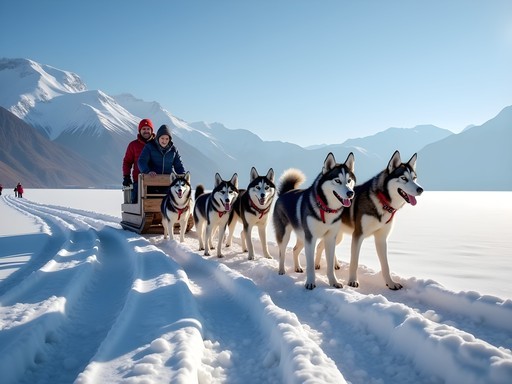
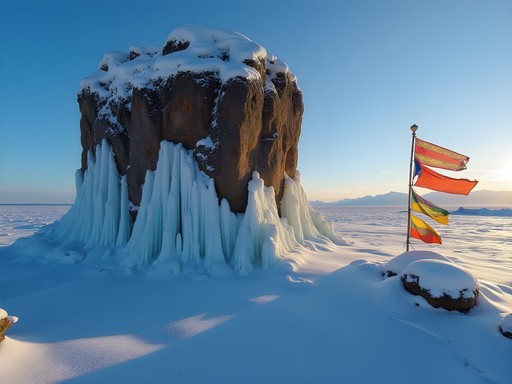
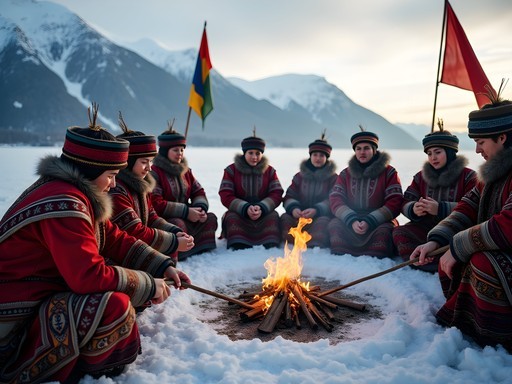
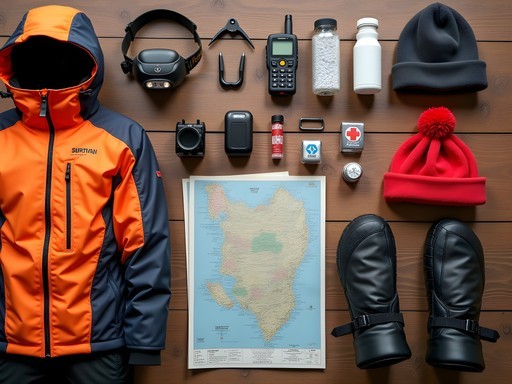



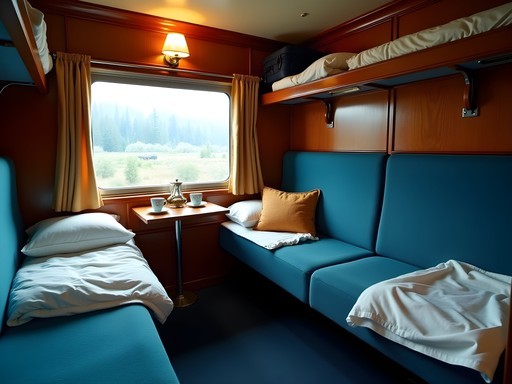
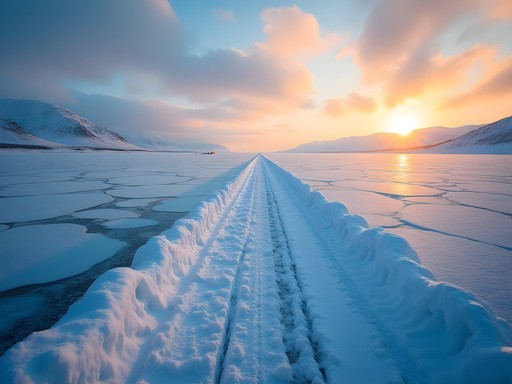





Comments
islandone7690
Those blue ice photos are unreal! 😮
triplover
Just showed this to my husband and now he's obsessed with the idea of dog sledding on Lake Baikal! Did anyone here try the banya experience? I'm curious if it's really as intense as people say - jumping from hot steam into snow sounds kinda terrifying but also exhilarating?
Gregory Boyd
The banya is AMAZING! Trust me, after the initial shock, jumping into snow after the steam is the most refreshing thing you'll ever experience. Just make sure to try it with locals who know what they're doing - they'll hit you with birch branches (sounds weird but feels great) and guide you through the whole ritual. Your husband will love the dog sledding too!
Taylor Moreau
Excellent post on one of my favorite winter destinations. For anyone planning a trip to Lake Baikal in winter, I cannot stress enough the importance of proper gear. My expedition parka was worth every penny when temperatures dropped below -30°C. A few practical tips I'd add: book accommodations on Olkhon Island well in advance as options are limited, carry a power bank as cold drains batteries quickly, and consider hiring a local guide in Irkutsk rather than attempting self-driving on the ice road if you're not experienced with extreme winter conditions. The Buryat cultural experiences Savannah mentioned are indeed highlights - I particularly recommend the traditional felt boot making workshops in some of the smaller villages.
beachnomad
Savannah, I'm impressed you took your children there! How old are they and how did they handle the extreme cold? My kids are 8 and 10 and I'm wondering if this would be too intense for them or actually a great adventure.
islandone7690
I'm curious about this too! My daughter loves snow but Siberia seems next level!
Gregory Boyd
Savannah, this brings back memories of my trip to Baikal three winters ago. The ice road to Olkhon is indeed an experience unlike any other - that deep cracking sound beneath the vehicle is both terrifying and exhilarating! I'd add that visitors should definitely try ice fishing with locals if possible. They drill holes with traditional ice augers and sometimes set up small tents right on the lake. The omul fish caught and prepared fresh is delicious. Did you get a chance to try the local vodka rituals? They say it's the only proper way to stay warm!
triplover
Ice fishing sounds amazing! Were you freezing the whole time though? I'm interested but worried about the cold!
Gregory Boyd
Honestly @triplover, it's all about the layers! I was wearing thermal base layers, wool mid-layers, and a serious down parka. Your extremities get cold after a while, but the locals bring thermoses of hot tea and those little hand warmers. The experience is worth the temporary discomfort!
happymood
Wow! Those ice caves look absolutely MAGICAL! 😍 Never thought Siberia would be on my bucket list but here we are!
exploreace
Planning to visit in February! How did you arrange the dog sledding? And was the banya experience kid-friendly? My daughter is 9 and this would be her first winter adventure trip.
coffeemaster9505
Not the author but when I was there, most guesthouses in Listvyanka can arrange dog sledding. Book in advance though!
Savannah Torres
Exactly what coffeemaster said! Our homestay host in Listvyanka arranged it. And yes, the banya was very kid-friendly - they adjusted the temperature and experience for the children. They loved it! Just bring flip flops and extra towels.
exploreace
Thanks both! This is super helpful. Getting excited for our trip!
Douglas Bradley
This is a fascinating account of winter Baikal. I visited during summer two years ago, and it's remarkable how the lake transforms seasonally. The cultural aspects you highlighted are spot on - the Buryat traditions are so underappreciated in western travel literature. Did you find the locals receptive to tourists during winter? I found that having a Russian phrasebook opened many doors during my visit, especially in more remote villages around the lake. The ice road to Olkhon sounds particularly adventurous with children - was there any moment where you questioned the decision?
Savannah Torres
The locals were incredibly welcoming, Douglas! Winter brings fewer tourists, so they seemed to appreciate visitors braving the cold. And yes, there was definitely a white-knuckle moment crossing to Olkhon when we heard the ice shifting beneath us! The driver assured us it was normal, but my maternal instincts were on high alert!
hikingzone
Those blue ice photos are INCREDIBLE! Bucket list material right there.
coffeemaster9505
Wow, taking kids to Siberia in winter is next level parenting! I visited Lake Baikal last February and it was mind-blowing but COLD. The ice caves were like nothing I've seen before. How did your kids handle the extreme temperatures? I was layering like crazy and still felt the chill. The dog sledding looks amazing though - that's one thing I missed and now regret!
Douglas Bradley
I'm curious about this too. I've been considering taking my nephew (he's 10) to Baikal next winter but worried about the cold for a kid.
Savannah Torres
The key was serious preparation! My kids (8 and 11) wore thermal base layers, wool mid-layers, and quality down outerwear. We took frequent warming breaks and the locals were incredibly accommodating with children. They actually handled it better than I did!
Venture X
Premium card with 2X miles, $300 travel credit, Priority Pass